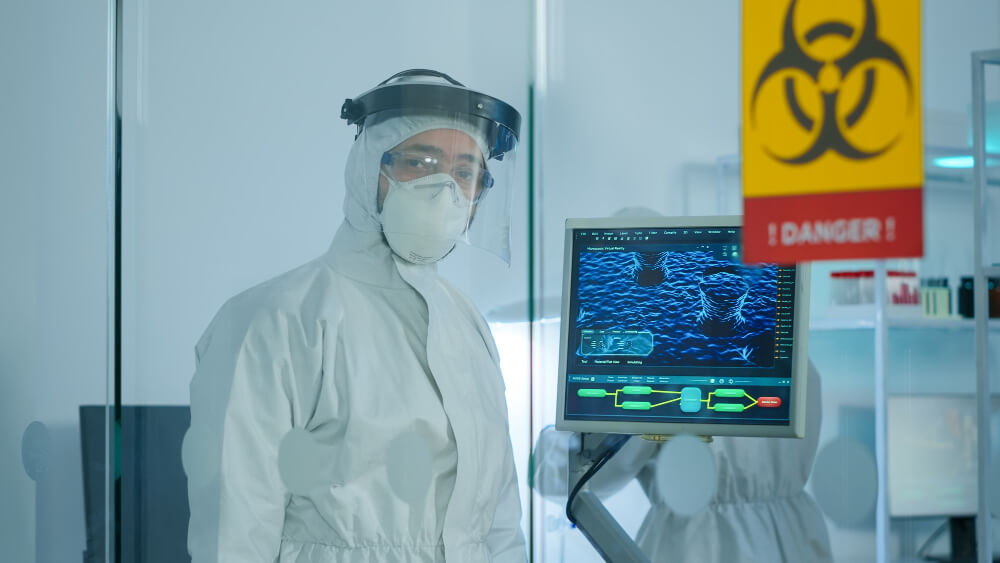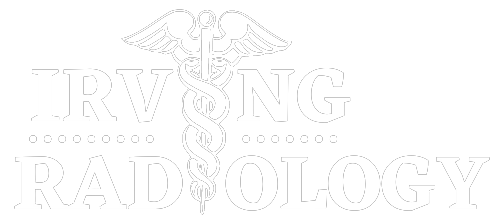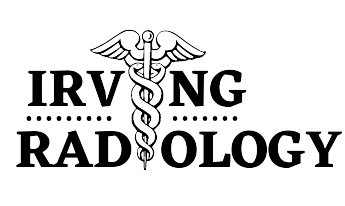
Radiology is an essential subject in the medical sector because it provides critical diagnostic information that allows doctors to make educated decisions about patient treatment. However, since radiology is widely used for medical imaging, it is becoming increasingly critical to limit the dosage of radiation that patients are exposed to during imaging treatments. In this blog, we will discuss the significance of dose control in radiology, as well as the procedures that may be done to guarantee that patients receive the least amount of radiation while still receiving the diagnostic information they require.
In Radiology, Understanding Radiation Dose

The quantity of radiation energy absorbed by a patient during an imaging operation is referred to as the radiation dose. This dose varies according to the type of imaging treatment, the equipment used, and the patient’s unique features, such as age, body size, and overall health.
While radiation exposure is an unavoidable aspect of many imaging techniques, it is critical to reduce radiation exposure wherever feasible. This is because excessive radiation exposure increases the chance of acquiring radiation-related health issues such as cancer, cataracts, and other disorders.
Dose Management’s Importance in Radiology
Dose control is crucial in radiology because it ensures that patients receive the least amount of radiation while still receiving the diagnostic information they require. Medical personnel can limit the risk of radiation-related health issues and guarantee that patients receive the best possible treatment by regulating radiation dosage.
There are various things that may be done to make dosage control a priority in radiology. These are some examples:
- Choosing the Best Tools: Choosing the appropriate imaging equipment is an important element of dose control. This includes using imaging equipment particularly intended to decrease radiation exposure, such as newer, low-dose imaging equipment.
- Imaging Procedures Customized for Individual Patients: Another key part of dose control is tailoring imaging methods to specific patients. This entails taking the patient’s age, body size, and overall health into account while selecting the right imaging method in order to reduce the amount of radiation exposure they get.
- Proper Lead Protection Technique and Application: Radiation exposure can also be reduced by using proper technique and lead protection during imaging operations. This includes employing lead shields, such as lead aprons, to cover sensitive regions of the body and positioning imaging equipment correctly to reduce radiation exposure.
- Education and training: It is also vital to provide medical personnel with dosage management training and education. This includes educating medical personnel about the correct use of imaging equipment, the dangers of radiation exposure, and the actions they may take to reduce radiation exposure during imaging operations.
Monitoring and evaluation are ongoing
Finally, continual monitoring and evaluation of radiation exposure throughout imaging operations is critical to maintaining dose control as a top priority. This entails examining radiation exposure data on a regular basis, assessing the effectiveness of dose control measures, and making modifications as appropriate to reduce radiation exposure for patients.
Conclusion: – To summarize, dose control is an important part of radiology since it helps guarantee that patients receive the least amount of radiation while still receiving the diagnostic information they require. Medical personnel can limit the risk of radiation-related health concerns and ensure that patients receive the best possible treatment by adhering to best practices for dose control. As a result, it is critical to take all required precautions to reduce radiation exposure and preserve patients’ health.

